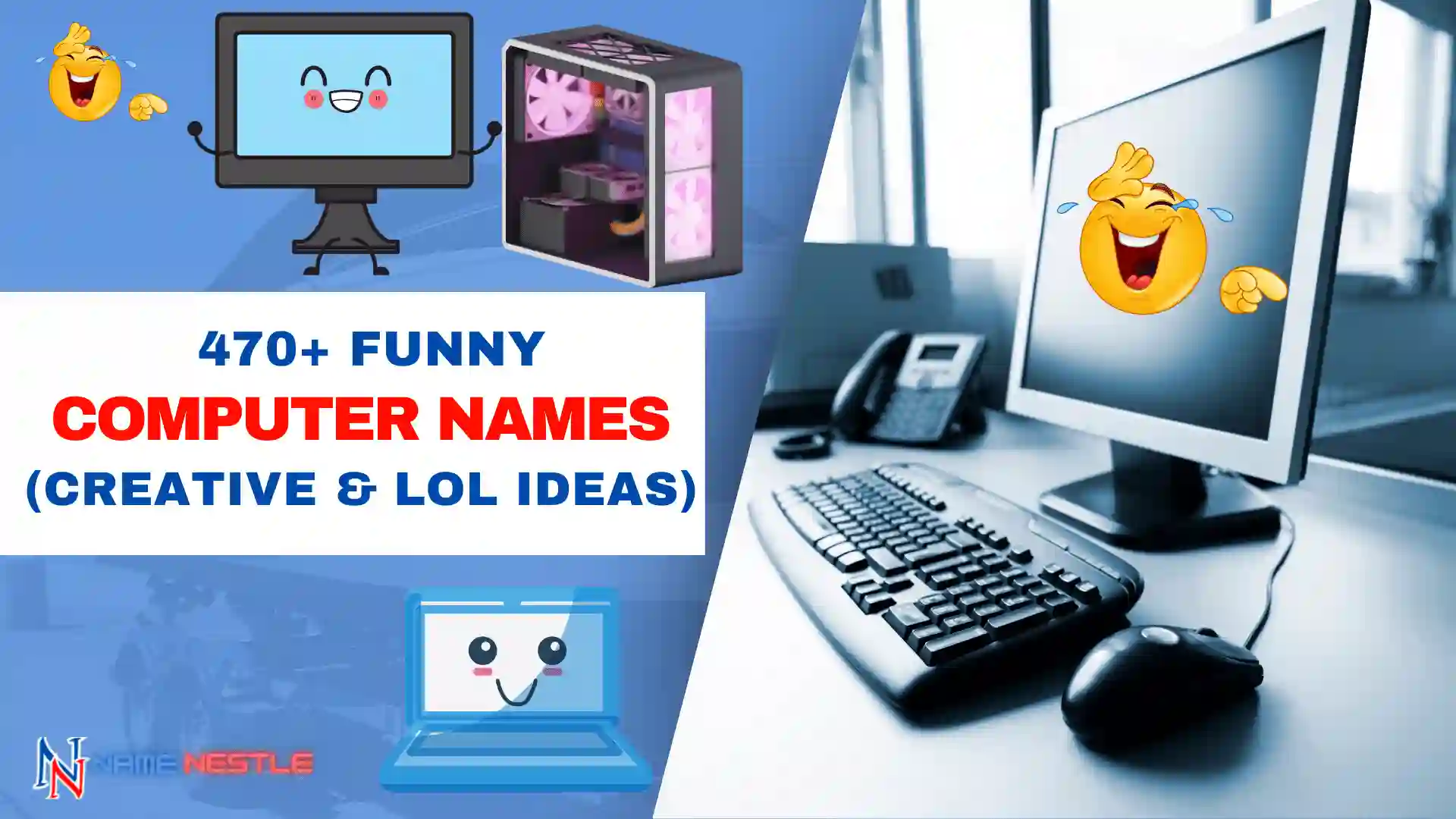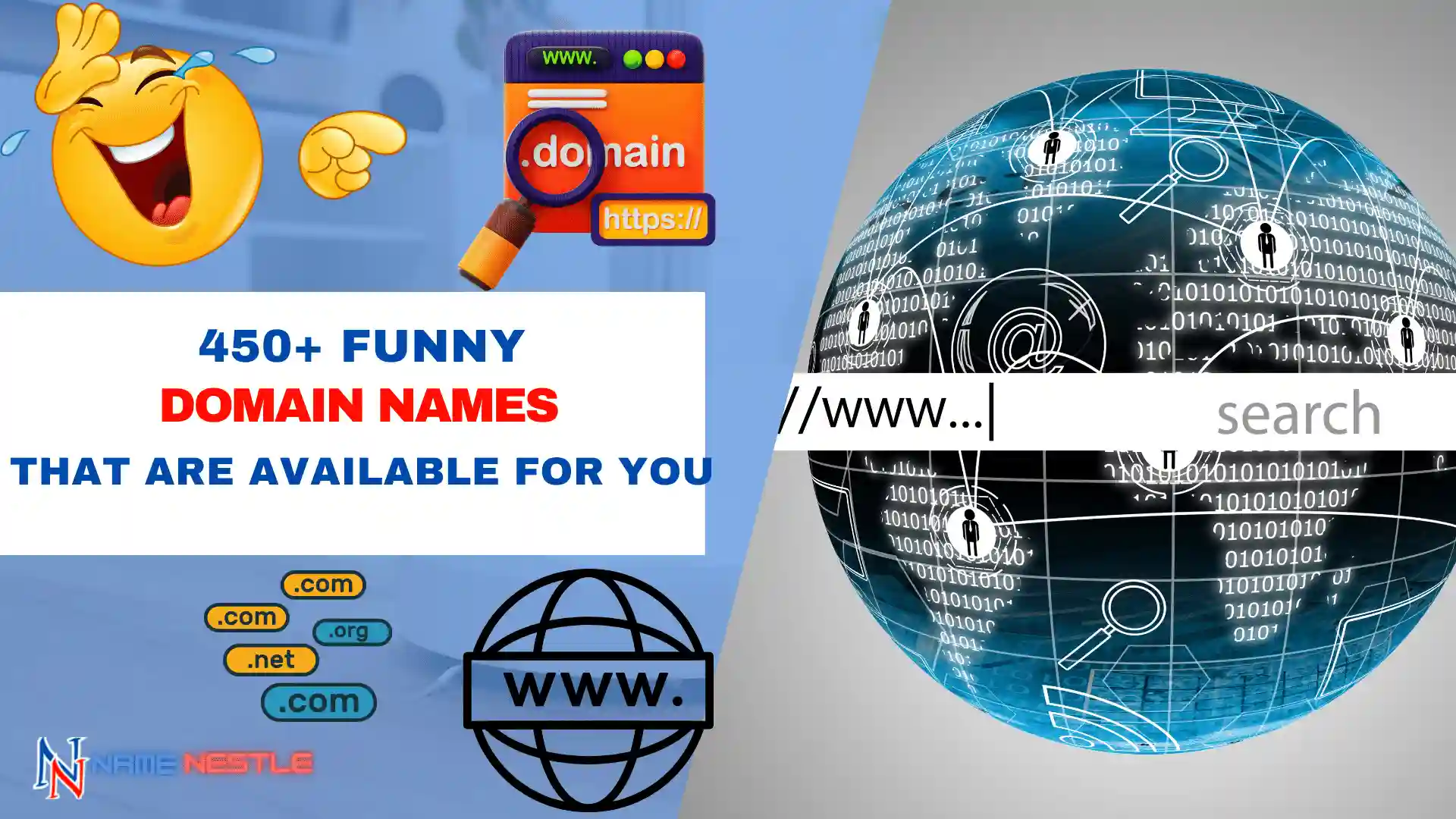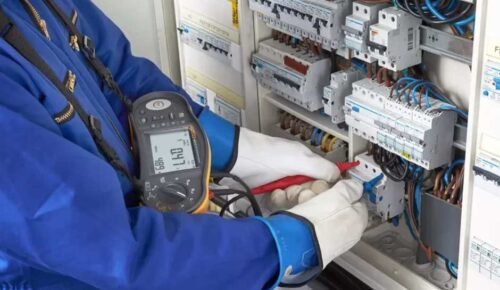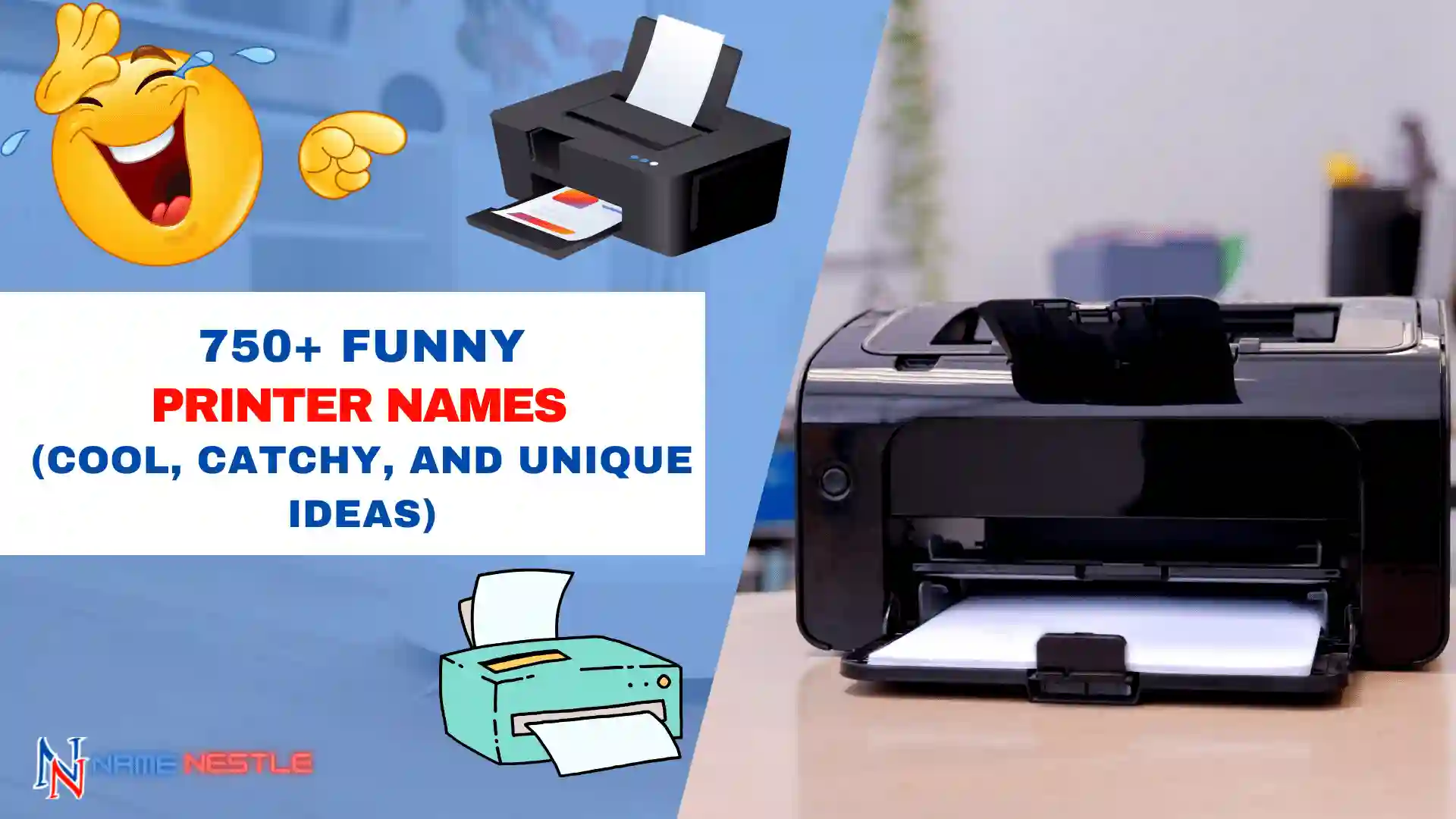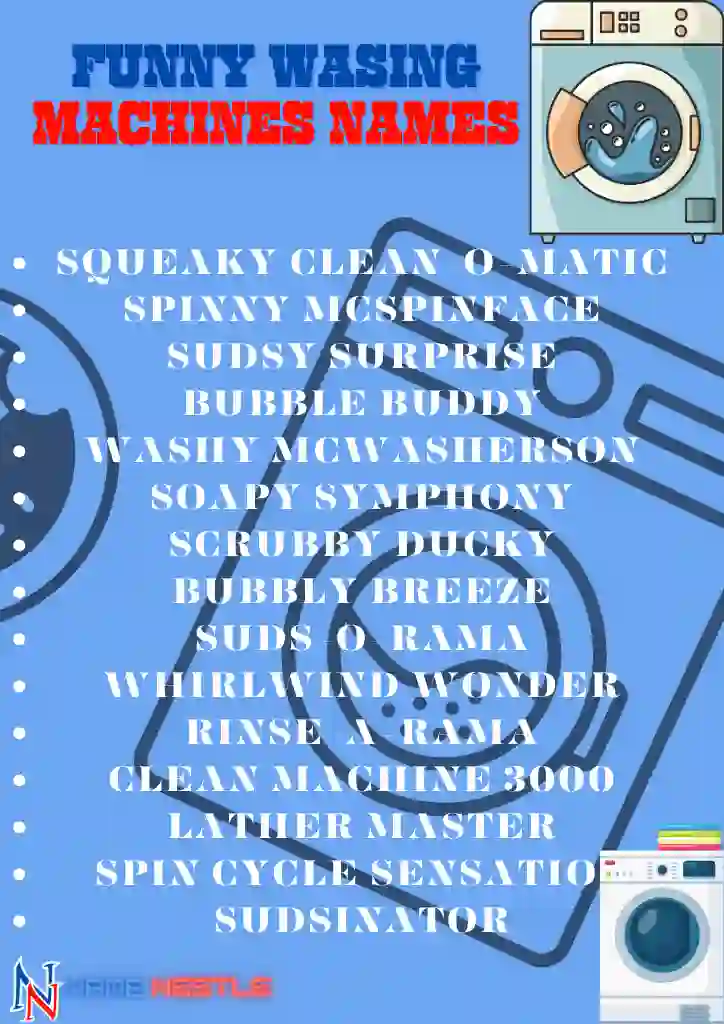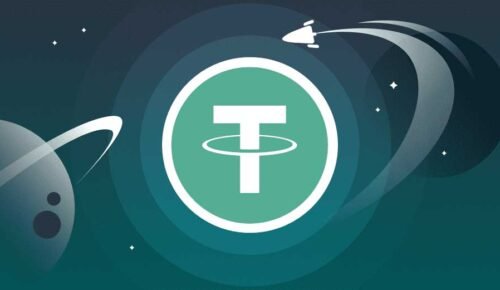The global energy landscape is undergoing a significant transformation as the world shifts towards cleaner and more sustainable sources. This transition is driven by various trends and advanced technologies that are making clean power more accessible, efficient, and cost-effective. Here, we explore the key trends and technologies that are propelling the adoption of clean power.
The Rise of Renewable Energy Sources
One of the most notable trends is the rapid growth of renewable energy sources such as solar, wind, and hydropower. These sources are becoming increasingly viable alternatives to fossil fuels due to advancements in technology and reductions in cost.
Solar Power
Solar energy has seen dramatic improvements in efficiency and affordability. Innovations in photovoltaic (PV) technology, such as the development of high-efficiency solar cells and bifacial panels, have significantly increased energy capture and reduced costs. And, the integration of solar power with storage systems enhances reliability and availability. For more information on the installation of residential or commercial solar panels, check out the EVOLV Solar website.
Wind Power
Wind energy has also experienced substantial growth, with larger and more efficient turbines being developed. Offshore wind farms, in particular, are gaining traction due to their ability to capture stronger and more consistent winds compared to onshore installations.
Energy Storage Solutions
Storage is a critical component of the clean energy ecosystem, addressing the intermittent nature of renewable sources; advances in battery technology and other storage solutions are key drivers of clean power adoption.
Lithium-Ion Batteries
The cost of lithium-ion batteries has plummeted over the past decade, making them a popular choice for storage. These batteries are widely used in grid storage applications and electric vehicles (EVs), providing a reliable way to store and distribute renewable energy.
Alternative Storage Technologies
Beyond lithium-ion, other storage technologies are emerging, such as solid-state batteries, flow batteries, and hydrogen storage. These technologies offer potential advantages in terms of density, safety, and longevity, further supporting the integration of renewable energy into the grid.
Smart Grids and Digitalization
The digitalization of the energy sector is another crucial trend driving clean power; smart grids and advanced digital technologies enable more efficient and flexible management.
Smart Grids
Smart grids use digital communication technologies to monitor and manage electricity flows, allowing for real-time adjustments and improved reliability. They facilitate the integration of distributed energy resources, such as rooftop solar panels and home batteries, enhancing grid stability and resilience.
Internet of Things (IoT)
IoT devices and sensors provide valuable data on consumption and generation. This data can be used to optimize use, reduce waste, and enable predictive maintenance of energy infrastructure.
Policy and Regulatory Support
Government policies and regulatory frameworks play a vital role in promoting clean power. Supportive policies can accelerate the deployment of renewable energy and efficiency measures.
Incentives and Subsidies
Many governments offer financial incentives, such as tax credits, rebates, and grants, to encourage the installation of renewable systems. These incentives help offset initial costs and make clean energy more affordable for consumers and businesses.
Renewable Energy Standards
Renewable portfolio standards (RPS) and clean energy mandates require utilities to source a certain percentage from renewable sources. These regulations drive investment in renewable projects and promote long-term growth in the sector.
Corporate Sustainability Initiatives
Corporations are increasingly committing to sustainability goals and investing in clean energy to reduce their carbon footprints. This trend is driven by consumer demand, regulatory pressures, and a growing recognition of the economic benefits.
Corporate Power Purchase Agreements (PPAs)
Many companies are entering into PPAs to procure renewable energy directly from developers; these agreements provide a stable revenue stream for renewable projects and help companies achieve their sustainability targets.
Green Building Standards
Certification programs like LEED (Leadership in Energy and Environmental Design) encourage the adoption of efficient technologies and renewable energy in building design and construction.
The Importance of Solar Panel Installation, and More
The adoption of clean power is being driven by a combination of technological advancements, supportive policies, and growing environmental awareness; renewable sources, storage solutions, smart grids, and corporate initiatives are all contributing to the global shift towards a brighter future. As these trends continue to evolve, the transition to clean options will accelerate, bringing us closer to a world powered by sustainable and environmentally friendly energy sources.
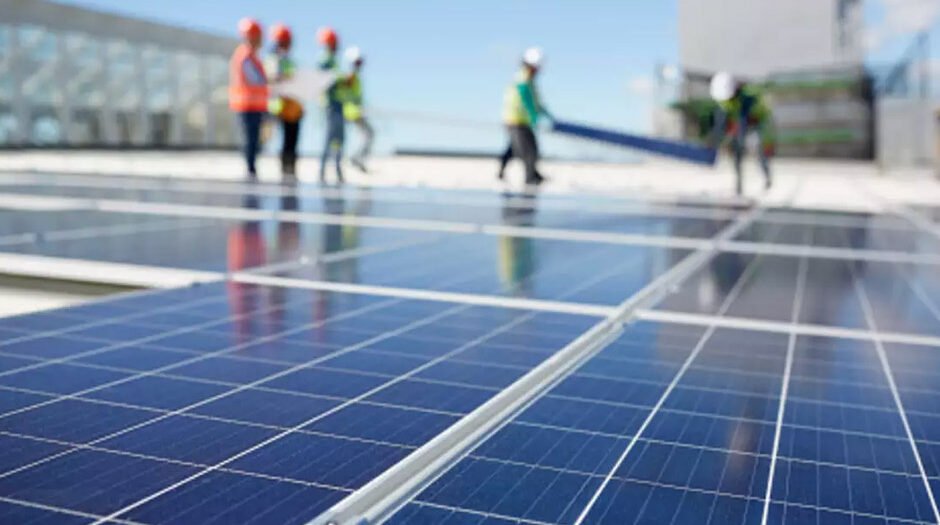












![490+ Funny Laptop Names [Cool & Op Ideas] 15 490+ Funny Laptop Names](https://namenestle.com/wp-content/uploads/2024/03/funny-laptop-names.webp)











